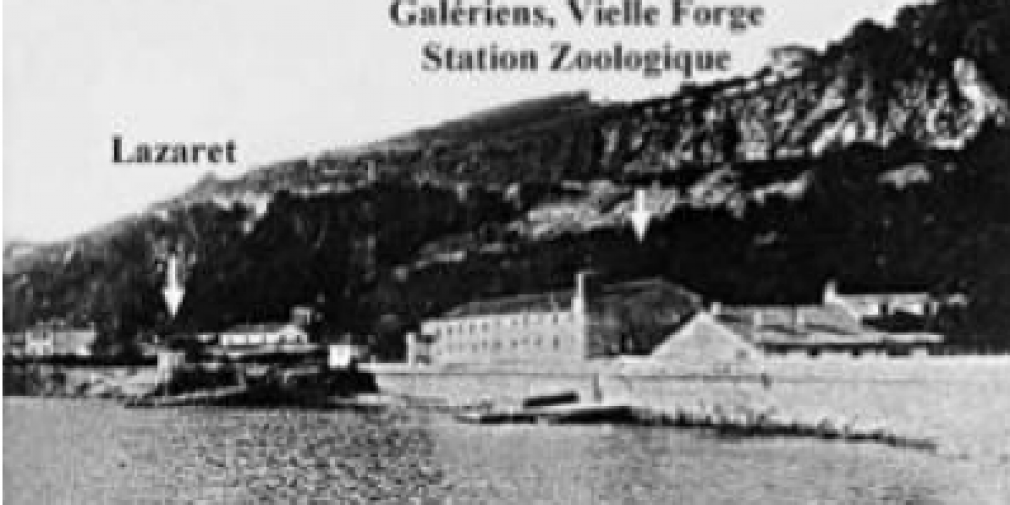ACTUALITES
The History of Biological Exploration of the Bay of Villefranche
- Lectures : 5831
- Notifications
- Imprimer
- Partager

The Bay of Villefranche is a unique site. Protected by high hills, its relatively deep waters (in the outer parts 60-100 m) open out directly onto the mesopelagic depths of the N. W. Mediterranean Sea. These characteristics explain in large part the fact that it harbors a particularly rich marine life, especially with regard to planktonic forms.The early naturalists, Francois Péron and Claude Lesueur, contemporaries of Lamarck, were the first to describe new species from the bay finding meduse, ctenophores, pteropods and remarking on the diversity of forms (Lesueur 1813;Péron and Lesueur 1809). Fast forward to today-quite recently, another new species was described from the Bay of Villefranche, a dinoflagellate sym-biont of radiolarians (Probert et al. 2014). Thus, for over 200 years the Bay of Villefranche has been a site of discovery of new life forms. It seems perhaps about time to review the discoveries and history of scientific exploration of the Bay. The total number of new forms described from the Bay of Villefranche (taxa presently considered valid) range in “age” from those recognized for 205 years to the one described a few months ago and numbers 103 by my count. The life forms described represent an astounding variety of taxa, although clearly dominated by protists.
Reference: Dolan, J. R. (2014), The History of Biological Exploration of the Bay of Villefranche, Protist, 165(5), 636-644, doi:10.1016/j.protis.2014.07.005
SUIVEZ NOTRE FIL TWITTER
L'OBSERVATOIRE
L'OBSERVATION
- Variables
- Stations d'observation
- Plateformes
- Services d'observation
- Organigramme
- Données d'observation
RESSOURCES
